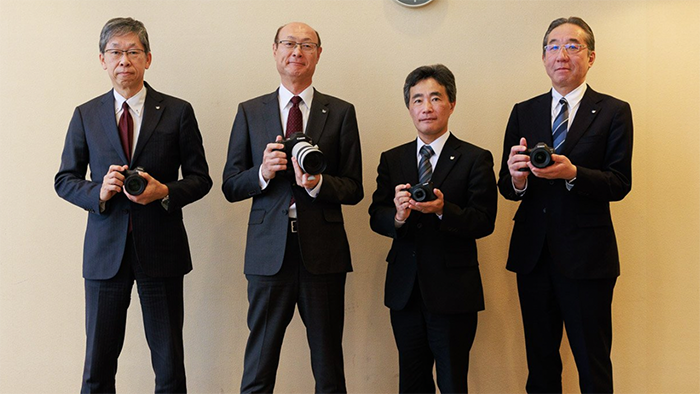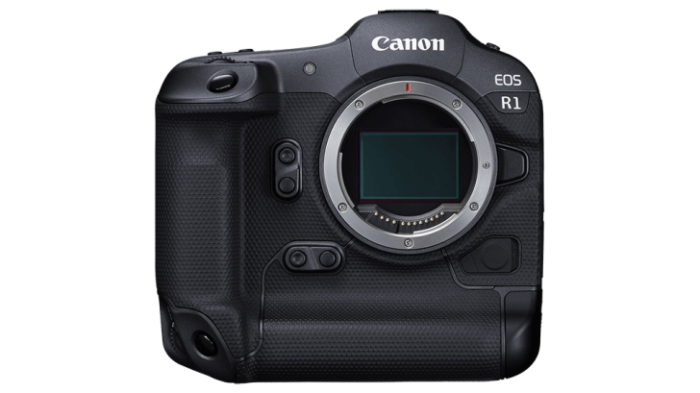First leaked image of the new Hasselblad X2DII top plate
Here is the first evidence of the new Hasselblad X2DII. The camera specs are rumored to be the same of the current X2D. But the autofocus will be much improved!
Here is the first evidence of the new Hasselblad X2DII. The camera specs are rumored to be the same of the current X2D. But the autofocus will be much improved!

Phototrend had a chat with a bunch of Canon managers. And there are two info about future products:
About a possible future vintage camera:
We really focus on the ergonomics of the grip, the positioning of the dials, the buttons and other elements. So if we were to do that with the design of the AE-1, would it really achieve the kind of ergonomics and usability that we need in a Canon camera? That’s the big question.
I hear you, and there is indeed a lot of demand for vintage-looking cases, and that’s not something we’re ignoring. We’re listening. But those technological challenges, as well as the commercial viability challenges, are things we’ll also have to carefully consider before we can move forward with a vintage design.
About future APS-C products:
APS-C is a very important aspect of our business, so we are putting a lot of effort into it. I can’t disclose any new product plans. We understand your expectations. Stay tuned—we are committed to meeting them, without disappointment.

PetaPixel had a short chat with Canon manager Go Tokura. He made it clear that there is no high resolution version of the Canon R1 on their roadmap:
“We consider the flagship to basically be at the pinnacle of our lineup, which means we’re not going to have two flagship models because we’ve basically put everything that we have — the best performance and the best trust — into the EOS R1. So I would say that we would probably never consider developing another model using the same body as the EOS R1.
For example, if we have higher resolution, then we know that that will skew the balance and the sensitivity will be lower. That is a physical mechanism. So in a flagship, we would never focus on just one aspect of the performance that would destroy the balance. I believe our current strategy is to have the 5-series be responsible for the high resolution quality
Today I can share an allegedly leaked image of the new Canon RV camera that aims to dethrone this Sony model. And….Canon will also launch a new R6III before summer and maybe a new Vintage R model in autumn!

Here is a leaked image showing the new crop lever of the GFX100RF. I also made a rough size comparison with the Fujifilm X-PRO3 and the Leica Q3 camera. The medium format fixed lens camera will be announced on 20 March.
Finally we can see the first image of the upcoming new FujiFuilm GFX100RF. Here are the specs:
And you think this will be another Winner for Fujifilm?